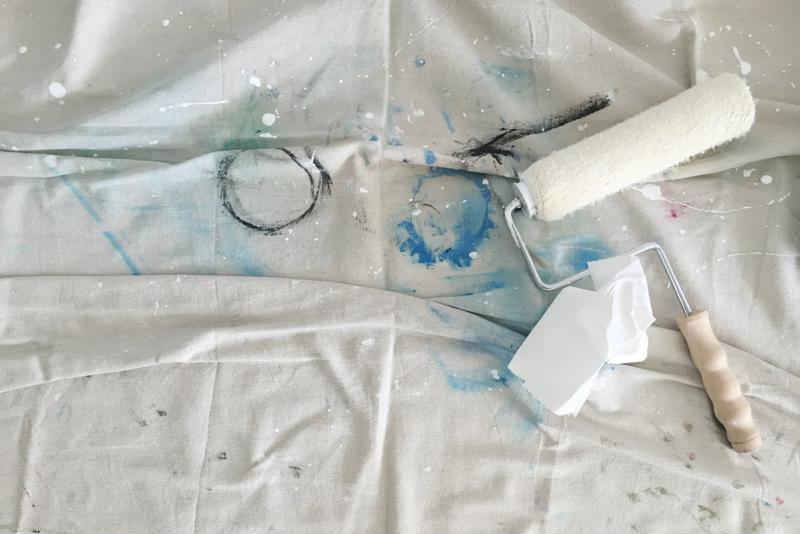Lead paint can be a serious health hazard for homeowners, especially those with children. It's is the leading cause of lead poisoning in the U.S., according to the Mayo Clinic. Yet, many American homes are still covered in the poisonous material. The Department of Housing and Urban Development estimates that more than 37 million houses have lead paint.
If you suspect that your home is one of them, you should take steps to mitigate its toxicity, or better yet, remove the paint altogether. To get started, review these important tips:
Schedule lead paint testing
Before you begin contacting contractors or gathering supplies for a do-it-yourself job, call up a local home inspection company and schedule lead paint testing. The federal government banned the use of lead-based paint in 1978. If your home was constructed prior to this embargo, there's a good chance it will test positive.
You can perform the assessment on your own with a store-bought kit sanctioned by the Environment Protection Agency. However, its better if you leave this duty to professionals, as simply performing such a test can be dangerous, Better Homes and Gardens reported.

Try the DIY method
When it comes to actually executing your lead paint-removal project, you have three options: encapsulation, enclosure or removal. The first method involves covering a preexisting lead-painted surface with water-tight sealant, the National Association of Realtors reported. This is by far the most cost-effective solution, as encapsulation mixes roll on like paint and cost about $35 per gallon. Enclosure is a more elaborate process in which lead-laden walls are enclosed by brand new drywall. With removal, you'll be required to actually get rid of your lead paint and swap if for a healthy alternative. Though many consider this to be the ideal solution, removal is an involved process that requires planning and special equipment.
When securely attached to the wall, lead paint poses few problems. However, if disturbed, the stuff gives off toxic dust that, if inhaled, can cause lead poisoning in adults and children. Obviously, if you plan to remove the lead paint from your walls on your own, you must prepare for the clouds of harmful debris that will likely fill your home.
First, remove everything in the vicinity of the painted area, including clothing, decorative fixtures, food and furniture. Anything you can't remove should be securely wrapped in plastic. Basically, there can be no crevices in which toxic lead-paint dust can linger, according to the EPA. If you're taking up a large amount of lead-based paint at one time, you might even need to build a makeshift airlock. Again, you can use plastic sheets to do this.
Next, you should acquire some key protective gear. A disposable respirator will be necessary. You want to purchase an N-100 model equipped with a National Institute of Occupational Safety and Health-certified, high-efficiency particulate air filter. Goggles and gloves are also must-haves.
Of course, you'll need tools for taking up the paint. Wet sanding is commonly used technique. You can use a heat gun or hand scraper as well. But no matter which method you choose, be sure to properly prepare your home. Removing lead paint is dangerous work.
Call a contractor
If you live in a state that bans individuals without lead poisoning training from undertaking lead abatement projects or simply aren't interested in doing the work yourself, calling in a contractor is your only other option. Most charge between $8 and $15 per square foot for lead paint removal. Just be sure that the contractor you ultimately hire has been certified through the EPA's Renovation, Repair and Painting Program.

